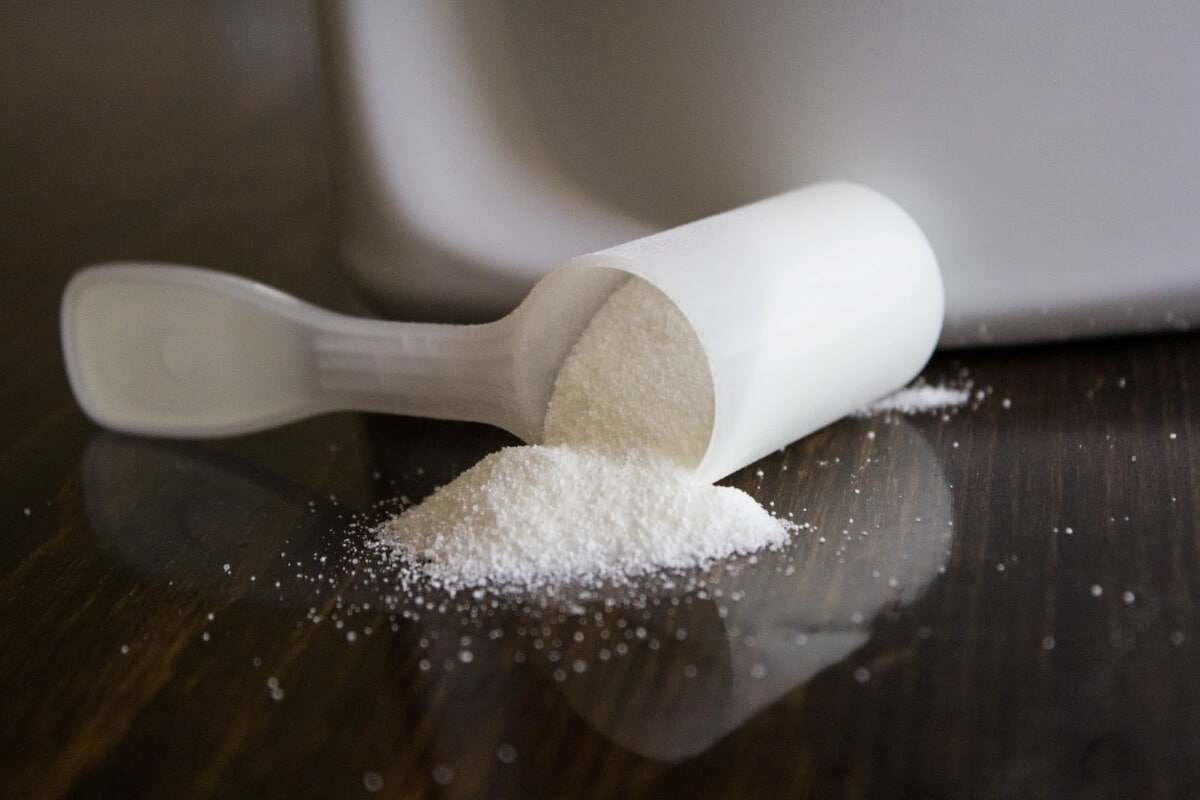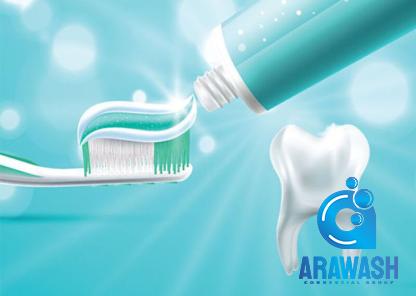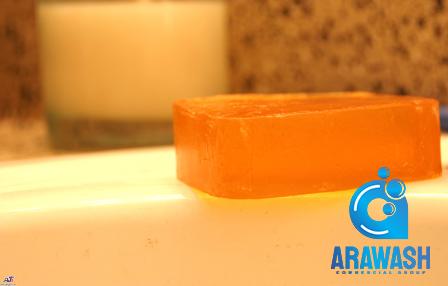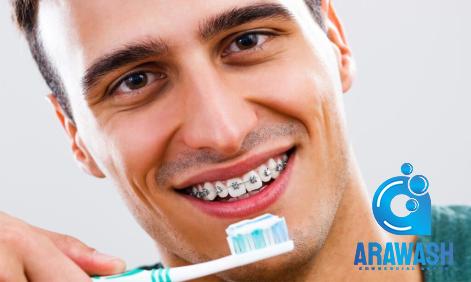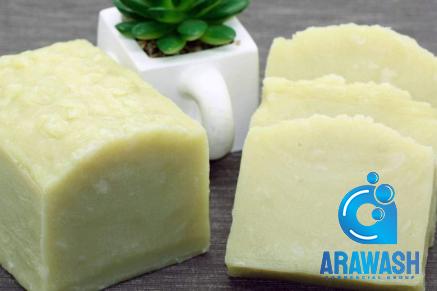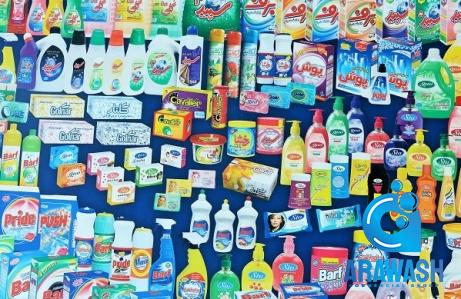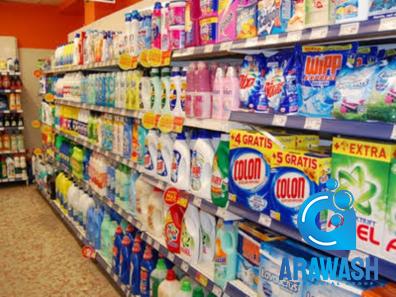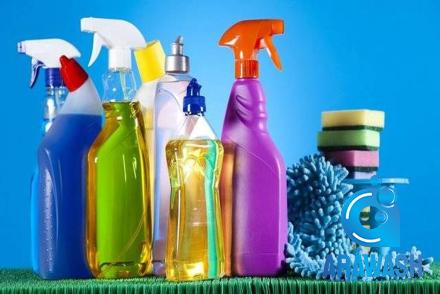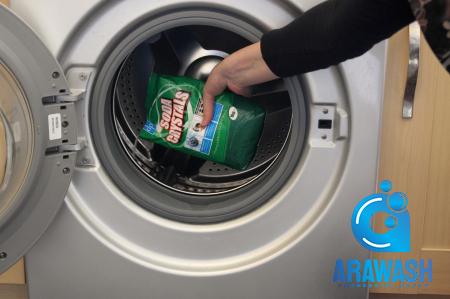Buy The Latest Types of Soap Powder Detergents
Throughout human history, numerous innovators and scientists have developed a wide variety of substances to meet the demand for effective skin and clothing cleaning and they were trying to invent the 1st soap powder
Since the development of modern detergents did not occur until the 20th century, our ancestors instead focused on making a variety of soaps and powders
Soap was first documented in history by archeological finds in ancient Babylon, dating back more than 4,800 years
However, references to soap use were not included in the inscriptions discovered on the vessels used to boil animal fat with ash
Soap was widely used in ancient Egypt, with evidence ranging from luxurious private baths to its medicinal benefits for the skin and its practical application as a means of cleaning clothes more quickly and thoroughly

soap powder ingredients
Cleanliness and the use of soap and oil products are also mentioned in ancient texts like the Bible
Soaps, oils, and gels made with ash were at their peak of popularity during the Roman Empire
In that era, cleaning products were widely used by the public and the aristocracy alike, and the history of soup is rife with myths and legends (which was by legend 1st discovered at Mount Sapo, where fat from sacrificed animals traveled down and was collected into pools of soap)
The Roman Empire collapsed in the fifth century A
D
, and with it went the custom of washing one’s clothes and one’s body
This ushered in a millennium of filth, bad hygiene, and multiple waves of deadly plagues (most notably the Black Death in the 14th century)
Many new cleaning products were developed after the 17th century as Europe prioritized public hygiene and cleanliness again
It was during World War I, when Germany’s economy was in a bind and soap was hard to come by, that the first cleaning detergent was mass produced
Several industrial detergent brands emerged in the 1930s as a result of the proliferation of commercially available methods for producing fatty alcohols (German BASF, DEFT, and Procter and Gamble from the United States with their famous “Tide” brand)
Many American factories that produced items for the war effort were repurposed for civilian use after the end of World War II, and one of the most popular products was tetra propylene, which was used to make household detergents
By the 1950s, detergents had nearly replaced soap as the preferred method of laundering in industrialized nations
Popular detergents at the time included alkylbenzene sulfonates, but their nonbiodegradability prompted manufacturers to develop Linear alkylbenzene sulfonates
Since then, the detergents business has expanded rapidly, bringing with it a plethora of innovative new washing techniques and eventually covering the entire globe
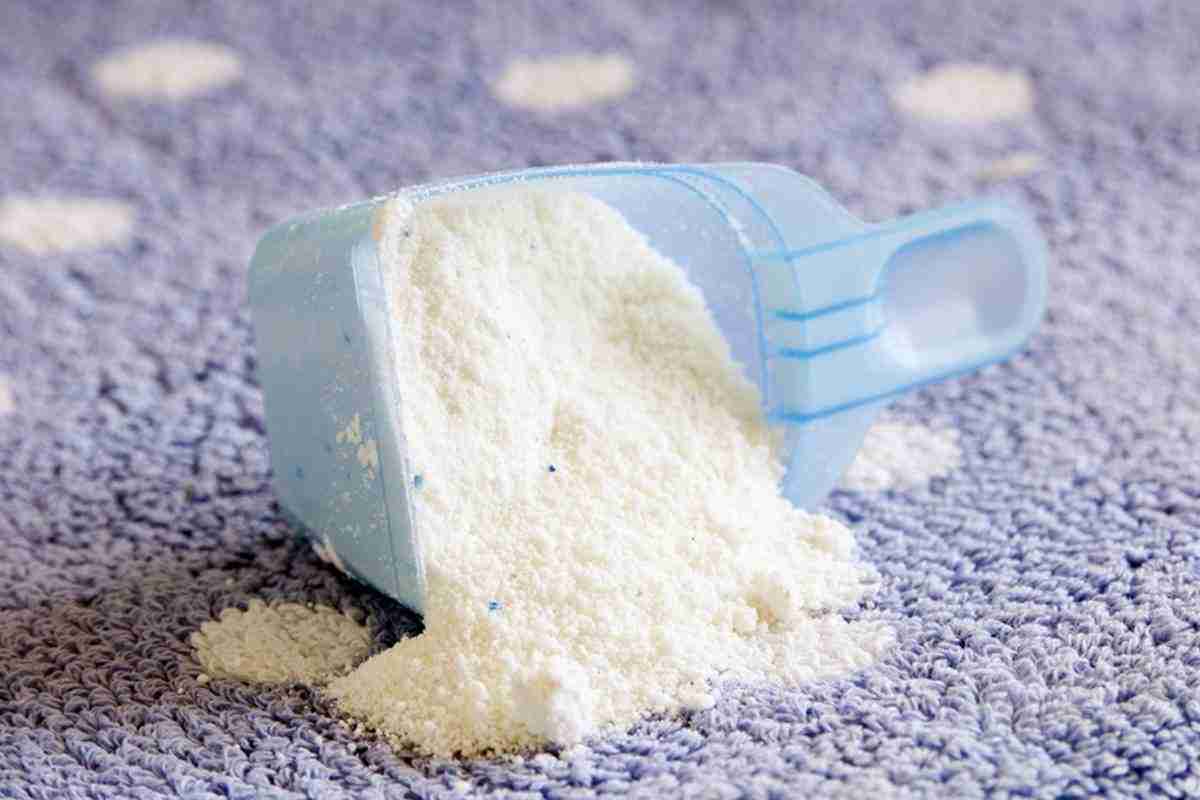
soap powder price
Notable innovations in detergents during the past 60 years include:
Dishwasher detergent powder and fabric softener were both first introduced in the 1950s
In the 1960s, pretreatments like enzyme presoaks and prewash stain removers were widely available
Detergent/softener combos and liquid soaps first appeared in the 1970s
Detergents and concentrated washing powders that may be used with cold water first appeared in the 1980s
A decade of aromatic gels, hyper-fabric softeners, super concentrated powders, and liquid detergents
Biodegradable, environmentally friendly products, water-saving washing machines, and “all-in-one” laundry detergent tablets became commonplace in the 2000s
As Far Back as There Was Washing, There Was
Persil Persil, developed by German company Henkel and released to the public for the first time in 1907, was the first commercially available laundry powder in the world
Perborate and silicate are two of the product’s main ingredients, hence the name
Cleaning products like Persil have been around since the early 1900s, but their origins can be traced back to an advancement in the efficacy of soap, which was developed around 1500 BC
Soap can be made by heating fat in a wood fire’s ashes
Persil, created by German company Henkel in 1907, was the first commercially available laundry powder in the world
The main ingredients perborate and silicate inspired the product’s name
Cleaning products like Persil have been present since the early 1900s, but their origins may be traced back to an advancement in the efficacy of soap, which was developed in 1500 BC
Soap may be made by heating fat in a wood fire’s ashes
Ashes provide the alkaline chemicals required to hydrolyze fat molecules into salts of fatty acids, also known as soap
Soap molecules are shaped in such a way that one end is drawn to water and the other to oil
Then, the oily residues can be washed away using soapy water
Soap does a great job of cleaning by emulsifying and removing greasy stains, but it is not without its drawbacks
It doesn’t work very well on colored stains, and it leaves a precipitate in hard water
This “scum” dulls clothes and is difficult to remove with water
Both of these issues were solved by Persil

soap powder manufacturers
Since oxygen is capable of dissolving stains, using sodium perborate as a stain remover makes perfect sense
It is the quintessential example of an “oxidizing agent” because of its ability to strip electrons from molecules
Because electrons function as the “glue” that holds molecules together, oxygen can break down complex compounds, such as those that are responsible for stains
Because of this, the traditional method of drying garments involved either hanging them or spreading them out on grassy fields
After that, the fabric was exposed to oxygen and the sun’s ultraviolet radiation, both of which have the potential to break down the dye molecules
Sodium perborate was like having both the sun and the wind in the form of a single, easy-to-use chemical working for you
Sodium silicate may “soften” water by efficiently neutralizing ions like calcium and magnesium, which are contributors to soap scum
This action is referred to as the “water softening” effect
In the same way that soap reacts with silicates to produce precipitates, these minerals react with silicates to produce precipitates; however, in contrast to soap, these precipitates are quickly removed by rinsing and do not tend to rest on the fibers of the fabric
Silicates are fantastic suspending agents that also stop re-deposition from happening
Although contemporary detergents are chemically far more complex than the original Persil, and although Persil itself now offers a variety of products to cater to different needs, the brand will forever be known as the “first self-acting laundry detergent,” and the iconic “White Lady” logo, which was introduced in 1922 and has since appeared on countless billboards and other billboards, continues to be an advertising classic
